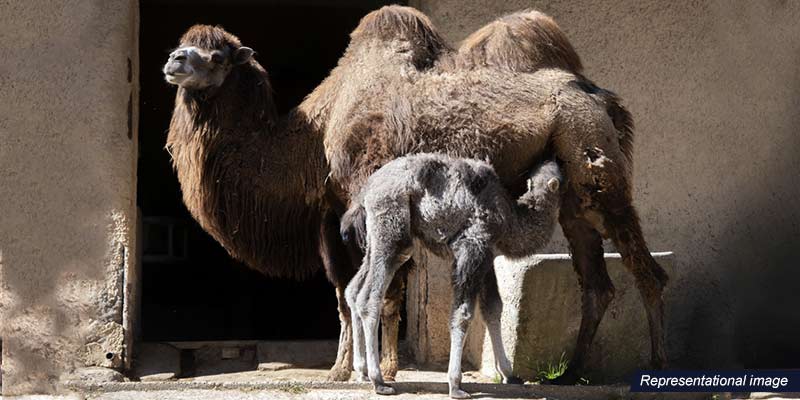- World
- Dec 23
UN declares 2024 as the ‘International Year of Camelids’
• The United Nations declared 2024 as the ‘International Year of Camelids’ (IYC 2024).
• The Year will highlight how camelids are key to the livelihoods of millions of households across over 90 countries.
• The International Year was proposed by the government of Bolivia and approved by the UN General Assembly in 2017. The Andean nation along with Saudi Arabia, will play a key role in its implementation.
• The year 2023 was ‘International Year of Millets’.
Vital for millions of households in over 90 countries
• Camelids, including Bactrian camels, dromedary camels, and wild camels, as well as South American camelids such as domesticated llamas and alpacas, and wild vicunas and guanacos, play a pivotal role in diverse ecosystems.
• They are particularly important in desert and mountain regions, where they form an integral part of the livelihoods and traditional practices of indigenous communities.
• Camelids, vital for millions of households in over 90 countries, originated in America 45 million years ago.
• Serving as working animals, they support Indigenous Peoples and local communities in South America’s Andean highlands, as well as the deserts of Africa and Asia.
• Bactrian camels and dromedaries, for example, known as “ships of the desert”, are crucial for nomadic life in drylands.
• Camelids contribute to food security, nutrition and economic growth as well as holding a strong cultural significance for communities across the world.
• Camelids play an important role in advancing the Sustainable Development Goals (SDGs) related to the fight against hunger, the eradication of extreme poverty, the empowerment of women and the sustainable use of terrestrial ecosystems.
• Even in the most extreme climatic conditions, they produce milk, meat, fibre and organic fertilizer, and provide transport, boosting food security, nutrition, and livelihoods while helping to conserve fragile ecosystems.
• Camelids also build resilience to the impacts of the climate crisis – particularly in mountains and drylands and can contribute to the transformation of agrifood systems
• Camelids play a key role in the culture, economy, food security and livelihoods of communities in Andean highlands and in the arid and semi-arid lands in Africa and Asia, including Indigenous Peoples.
• ‘The International Year of Camelids’ presents an opportunity to raise awareness of the role of camelids in building resilience to climate change – particularly in mountains and arid and semi-arid lands.
• In addition to recognising the economic, social and cultural importance of camelids, the Year will encourage governments and stakeholders to invest more in the camelid sector. This includes programmes and projects to bolster sustainable livelihoods everywhere.
Manorama Yearbook app is now available on Google Play Store and iOS App Store

